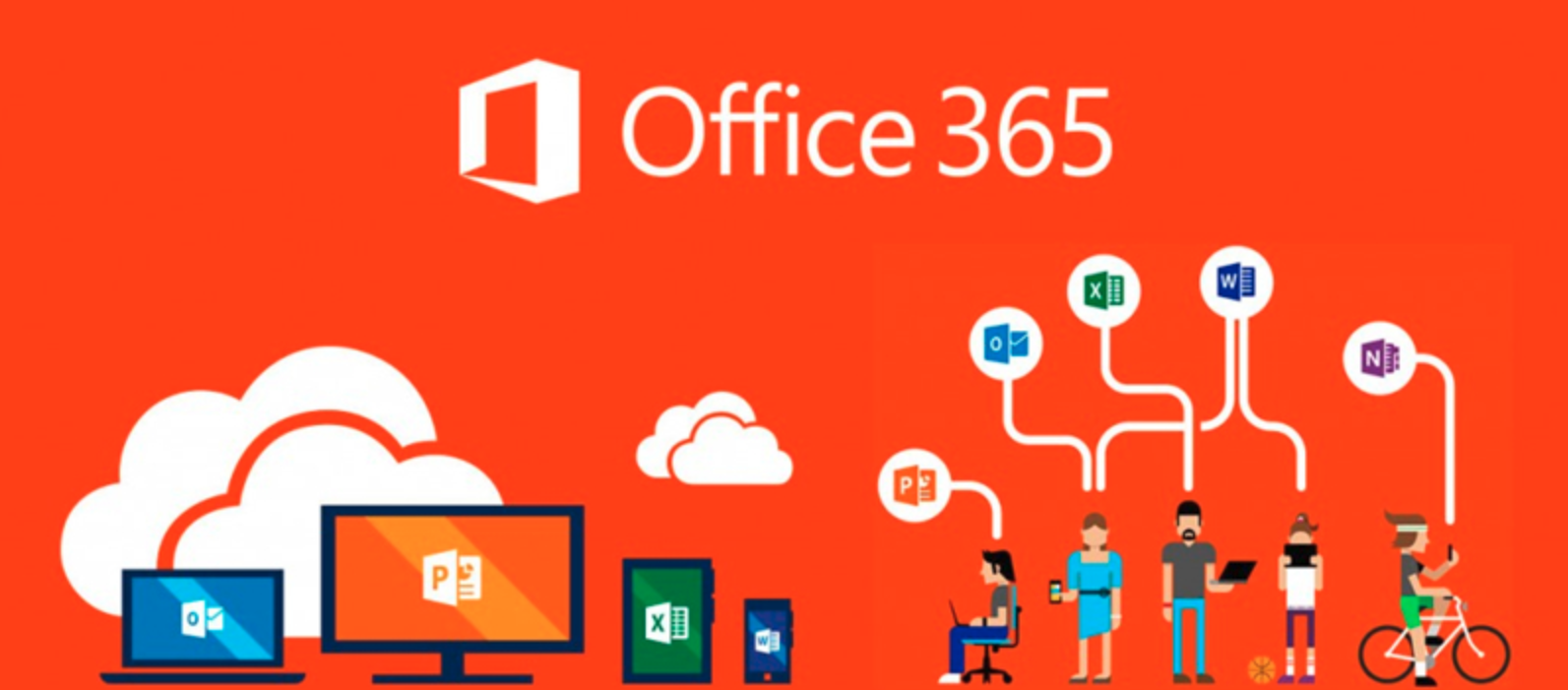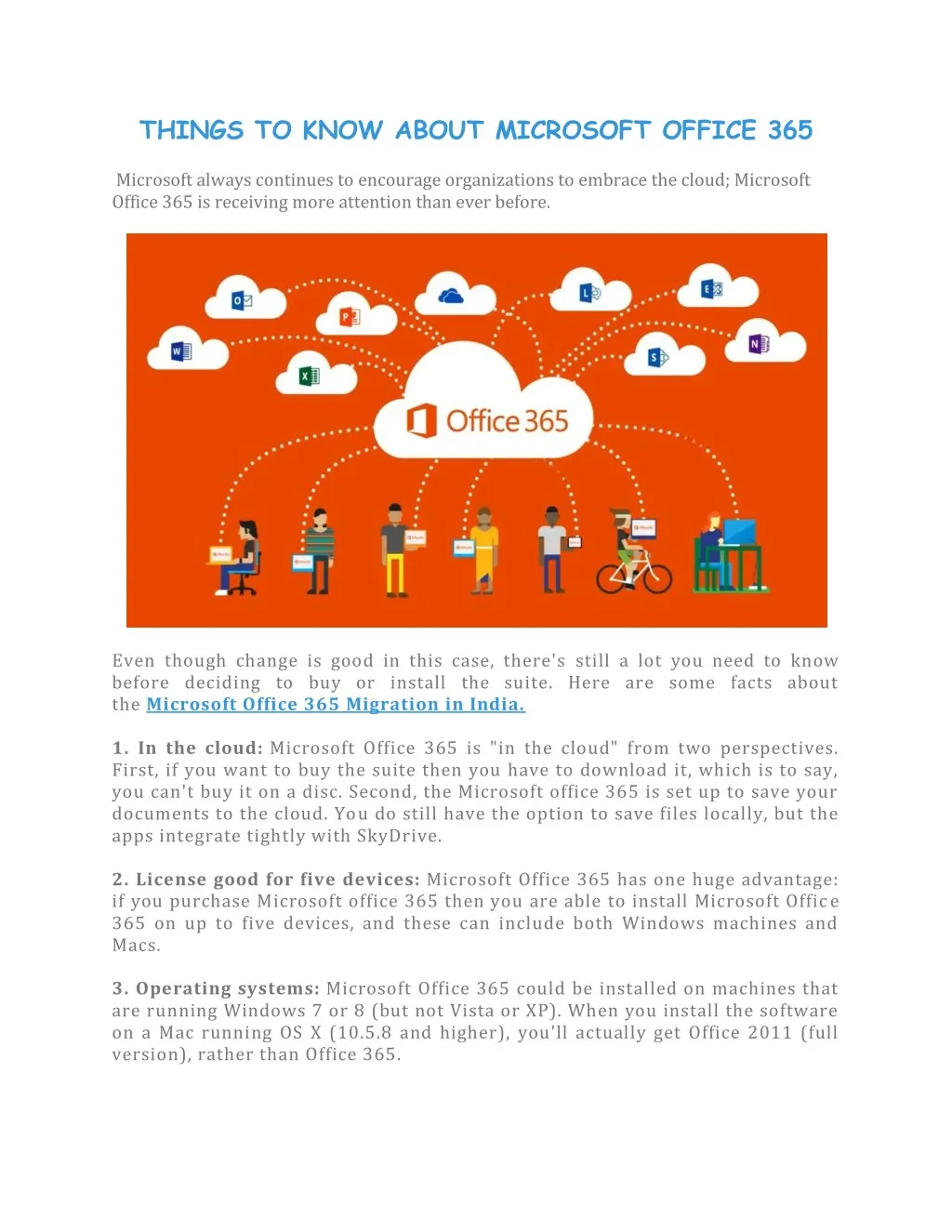Using Microsoft 365 Apps on older, unsupported operating systems may cause performance and reliability issues over time. Therefore, if your organization is using Microsoft 365 Apps on devices running Windows 7, we strongly recommend your organization moves those devices to Windows 10.
Security updates will continue for Microsoft 365 Apps on Windows 7
Even though Windows 7 is no longer supported, we've decided to continue to provide you with security updates for Microsoft 365 Apps for the next 3 years, until January 2023. We're doing this to give you additional time to make the transition from using Microsoft 365 Apps on devices running Windows 7 to devices running a supported operating system, such as Windows 10. But, during that time, as long as the device is still running Windows 7, your installation of Microsoft 365 Apps won't receive any new features updates.
How to manage Microsoft 365 Apps on Windows 7 after January 2020
Version 2002 is the last version of Microsoft 365 Apps that you can install on devices running Windows 7. Version 2002 is available in Current Channel, Semi-Annual Enterprise Channel (Preview), and Semi-Annual Enterprise Channel.
This means that if you want to continue to deploy and update Microsoft 365 Apps on devices that are running Windows 7, you need to use Version 2002. If you try to install a newer version of Microsoft365.com/setup Apps, such as Version 2005, on a device running Windows 7, you'll receive an error message.
To deploy or update Version 2002 on devices running Windows 7, you can keep using the same management tools that you're currently using, such as the Office Deployment Tool or Microsoft Endpoint Configuration Manager. Also, Microsoft 365 Apps can remain on the same update channel as before.
If Microsoft 365 Apps is configured to get updates directly from the Office.com /setup Content Delivery Network (CDN) on the internet, Microsoft 365 Apps on devices running Windows 7 will be updated automatically to the most current release of Version 2002 for that update channel.
Guidance when using Configuration Manager for updates
If you use Configuration Manager and the Software Update management workflow to update installations of Microsoft365.com/setup, we recommend that you create a separate collection for your Windows 7 devices. Then, use a query rule to add members to the collection.
On the 2nd Tuesday of each month, a new update package for Version 2002 that is only for devices running Windows 7 will be made available in the Microsoft Update Catalog. There will be an update package for each architecture (x86 or x64). That update package can be used with whichever update channel of Microsoft 365 Apps you have deployed. There won't be separate update packages of Version 2002 for each update channel. For example, the same update package can be used to update a Current Channel or a Semi-Annual Enterprise Channel installation of Microsoft 365 Apps on devices running Windows 7.
In the Office.com /setup Updates node, you'll see entries like the following, where ##### will be replaced by the most current build number:
- Microsoft 365 Apps Update for Windows 7 – Version 2002 for x64 based Edition (Build 12527.#####)
- Microsoft 365 Apps Update for Windows 7 – Version 2002 for x86 based Edition (Build 12527.#####)
These update packages are configured to apply only to devices running Windows 7. These update packages can't be used to update Microsoft 365 Apps on devices running other supported operating systems, such as Windows 10.
If you use an automatic deployment rule (ADR), you should create a new rule for these update packages. Then, use the new rule for your collection that contains your Windows 7 devices. We recommend using the "Title" property and searching for "Microsoft 365 Apps Update for Windows 7" as well as the architecture you support. If you support both x86 and x64, you can include both updates in one Software Update Package as clients will apply the appropriate update. You should also check other existing ADRs to make sure they don't incorrectly try to apply these update packages, which are only for devices running Windows 7, to devices running other operating systems.
What about other versions of Office on Windows 7?
Non-subscription versions of Office.com /setup used by organizations, such as Office Professional Plus 2016 or Office Standard 2013, will continue to be supported based on the Fixed Lifecycle Policy. To see specific end of support dates for non-subscription versions of Office, go to the Search product lifecycle page.
Even if your version of Office.com /setup is still supported, Windows 7 will no longer receive security updates after January 2020, leaving it vulnerable to security threats, unless you have ESU. We recommend that you move to a supported operating system, such as Windows 10.
Additional information
- This information also applies to the following products:
- The subscription versions of the Project and Visio desktop apps. For example, if you have Project Plan 5 or Visio Plan 2.
- Microsoft 365 Apps for business (previously named Office 365 Business), which is the version of Office that comes with some Microsoft 365 business plans, such as Microsoft 365 Business Premium.
- For information about Windows Server 2008 R2, see Windows Server end of support and Microsoft 365 Apps.
- For end of support dates for different versions of Office on various versions of Windows, see the Office configuration support matrix.
- Other Microsoft resources are available to help you make the transition to using Microsoft 365 Apps on devices running Windows 10, including FastTrack, Desktop App Assure, and the Desktop Deployment Center.
- To discuss or learn more about end of support for Office versions, visit Microsoft Office End of Support on the Microsoft Tech Community.
- If you're using Microsoft 365 Apps for enterprise on a device running Windows 7 or Windows Server 2008 R2, you'll continue to see Office 365 ProPlus under the Product Information section when you go to File > Account in an Office app, such as Word. If you're using Version 2002 of Microsoft 365 Apps for business, you'll see Microsoft 365 for business under the Product Information section.


Install Microsoft 365 On Windows 7- Office.Com /Setup >>>>> Download Now
ReplyDelete>>>>> Download Full
Install Microsoft 365 On Windows 7- Office.Com /Setup >>>>> Download LINK
>>>>> Download Now
Install Microsoft 365 On Windows 7- Office.Com /Setup >>>>> Download Full
>>>>> Download LINK YB